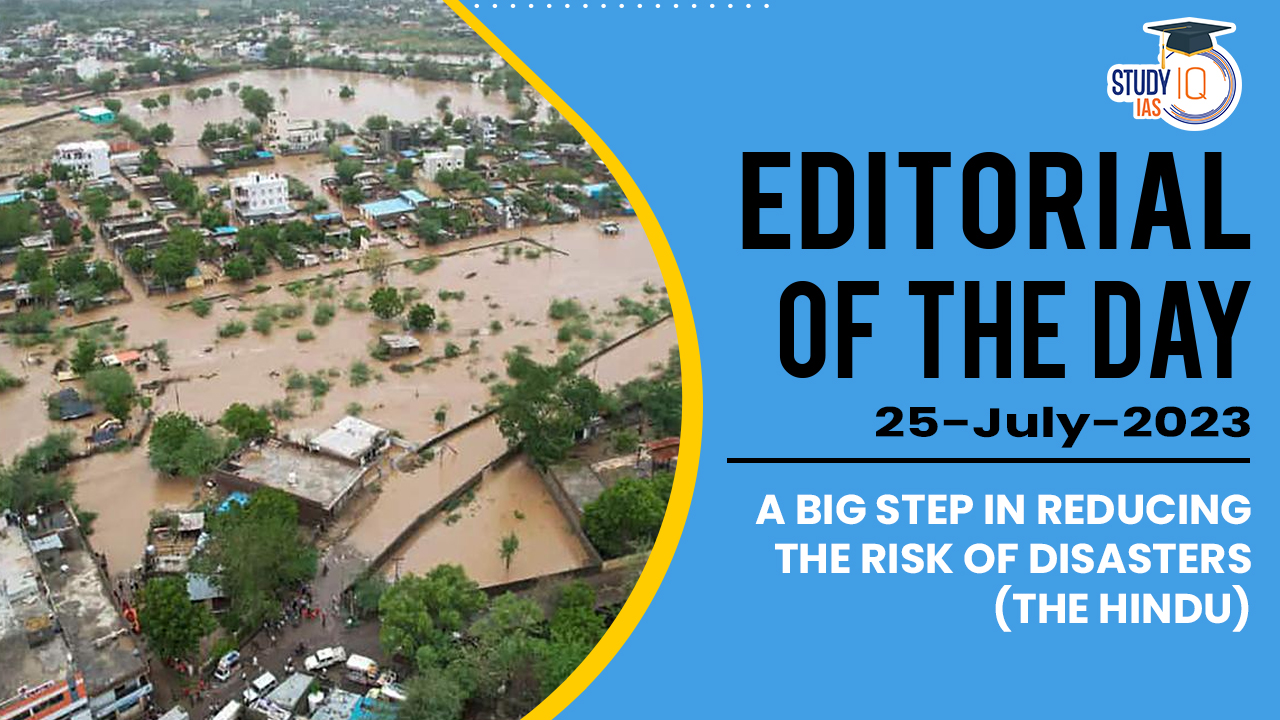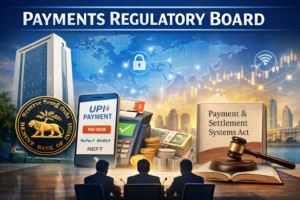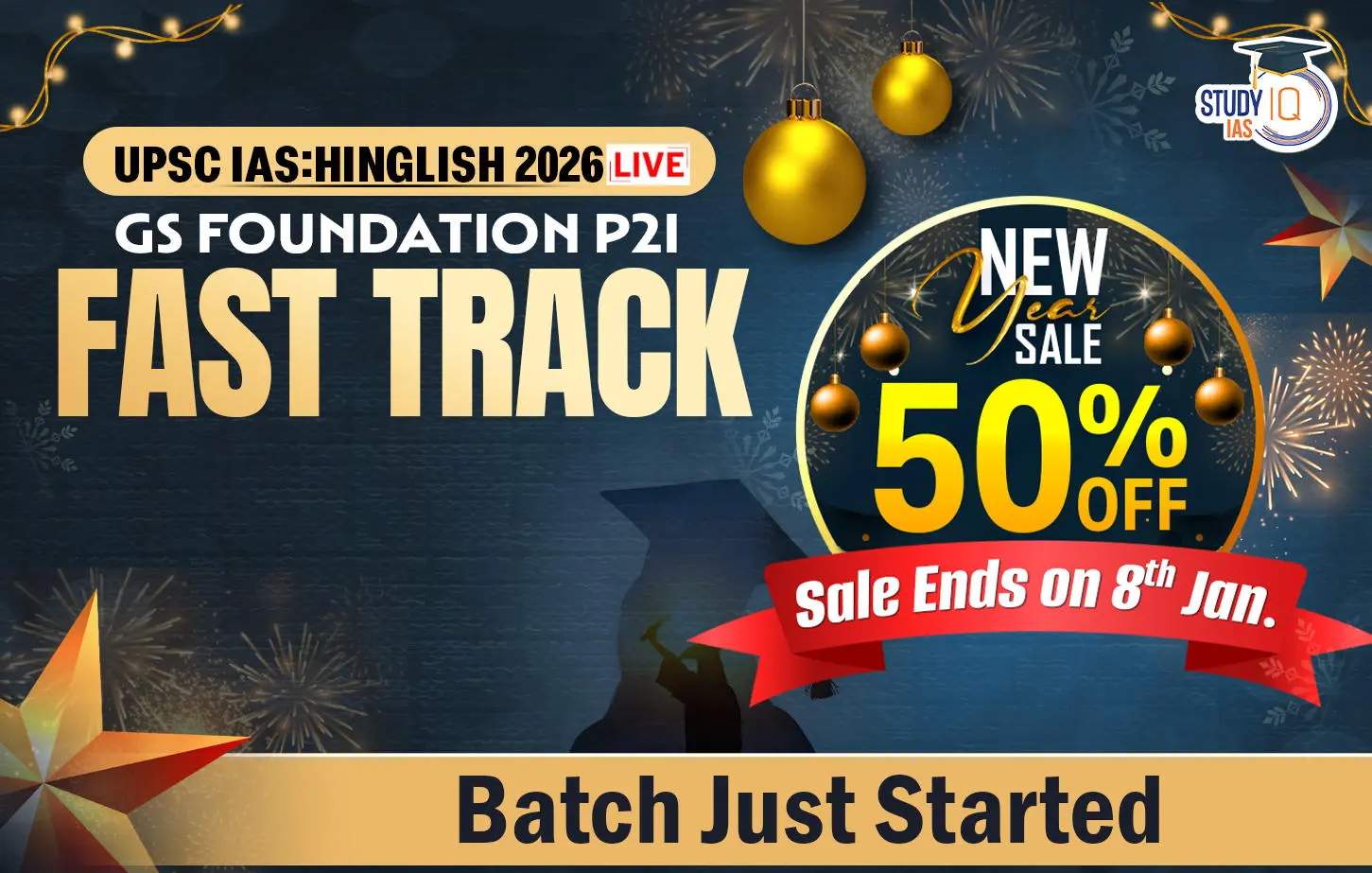Table of Contents
Context: The article is addressing the increasing frequency and severity of disasters worldwide, such as heat waves, forest fires, floods, and pandemics like COVID-19. It emphasizes the urgent need for countries to shift their focus from primarily responding to disasters after they occur to implementing preventive measures and reducing the risk of such events happening in the first place. The article mentions specific recent disasters, including heat waves affecting three continents, massive forest fires in Greece and Canada, and a flood in Delhi caused by the river Yamuna breaching its highest flood level in 45 years. It also mentions the Sendai Framework for Disaster Risk Reduction 2015-2030, a global roadmap aimed at reducing disaster risks and losses. It specifically calls upon the G20 to follow India’s lead in taking preventive measures to avert disasters and protect lives and resources. A “people-centered approach” is mentioned, indicating that disaster prevention should prioritize the safety and well-being of the affected population. By acting with a renewed sense of urgency, the article suggests that significant progress can be made in reducing disaster losses by 2030.
Background
What is a Disaster?
- A disaster refers to a significant disturbance in the normal functioning of a community, leading to human, material, economic, and environmental damages that surpass the community’s capacity to manage.
- It results from the combination of hazards, conditions of vulnerability and insufficient capacity or measures to reduce the potential negative consequences of risk.
Classification of Disasters
- On the Basis of Source
- Natural Disasters: They are caused by natural phenomena (meteorological, geological or even biological origin). Examples of natural disasters are cyclones, tsunamis, earthquakes and volcanic eruptions which are exclusively of natural origin. Landslides, floods, drought, fires are socio-natural disasters since their causes are both natural and manmade.
- Anthropogenic Disasters: They occur due to human intervention or negligence. These are associated with industries or energy generation facilities and include explosions, leakage of toxic waste, pollution, dam failure, wars or civil strife etc.
- On the Basis of Duration
- Rapid Onset Disasters: They are characterised by the sudden and acute intensity of the impact during a short period. Earthquakes, cyclones, floods, tsunamis would fall under the category of rapid onset disasters.
- Slow Onset Disasters: Also termed as ‘Creeping Emergencies’, can be predicted much further in advance and unfold over months or even years. Climate change (global warming), desertification, soil degradation, and droughts, would fall under the category of slow onset disasters.
What is Disaster Management?
- Disaster management refers to the systematic approach of planning, organizing, coordinating, and implementing measures to prevent, prepare for, respond to, and recover from disasters.
- It involves a range of activities and strategies aimed at reducing the impact of disasters on human lives, infrastructure, and the environment.
- It includes the sum total of all activities, and measures which can be taken up before, during and after a disaster. A typical disaster management continuum consists of:
- A pre-disaster Risk Management Phase: Which includes prevention, mitigation and preparedness.
- Post-disaster Crisis Management Phase: Which includes relief, response, rehabilitation, reconstruction and recovery.
Disaster Management in India
Legal and Institutional Framework in India
- The Government of India enacted the Disaster Management (DM) Act, 2005, which envisaged the creation of a three-tier structure comprising the National Disaster Management Authority (NDMA), State Disaster Management Authorities (SDMAs) and District Disaster Management Authorities (DDMAs).

| Institutional framework at the National Level |
|
| Institutional Framework at State Level |
|
| Institutional Framework at the District Level |
|
| Local Authorities |
|
Decoding the Editorial
It emphasizes the urgent need for countries to shift their focus from primarily responding to disasters after they occur to implementing preventive measures and reducing the risk of such events happening in the first place.
India’s Initiative:
- India has taken the initiative to elevate disaster risk reduction as a priority for the G20 during its presidency of the group. As part of this effort, India has established the first G20 Disaster Risk Reduction Working Group.
- The G20, which includes countries with approximately 85% of the global GDP and about two-thirds of the world population, recognizes the value of disaster risk reduction and the importance of integrating it into economic decision-making.
- The G20 aims to adopt a disaster risk-informed decision-making approach, which involves considering the potential impact of economic decisions on disaster risks and using economic tools to reduce existing risks and prevent new ones.
- The G20 Disaster Risk Reduction Working Group has identified priorities that are in line with the calls to action made in the May 2023 Political Declaration of the UN General Assembly on the midterm review of the Sendai Framework for Disaster Risk Reduction.
- The priorities identified by the G20 Disaster Risk Reduction Working Group include enhancing early warning systems, building resilient infrastructure, and finding appropriate financing mechanisms for disaster risk reduction efforts.
Importance of Early Warning Systems:
- Importance of Early Warning Systems: Expanding and improving early warning systems is a top priority in disaster risk reduction. Inclusive and multi-hazard early warning systems are highly effective in reducing disaster-related deaths and economic losses.
- Success of Early Warning Systems in India: The example of Cyclone Biparjoy in India demonstrates how effective early warning and action systems can lead to zero deaths from a cyclone event. Additionally, preparedness in the power sector helped to minimize disruptions in power supply after the cyclone.
- Global Goal for Early Warnings: The UN Secretary General’s Early Warnings for All Initiative aims to achieve universal early warning coverage for everyone by the end of 2027.
- Resilient Infrastructure as a Priority: Enhancing the resilience of infrastructure against climate and disaster risks is a key global priority. By assessing and improving the resilience of critical infrastructure, countries can better withstand and recover from disasters.
- Coalition for Disaster Resilient Infrastructure: India, in collaboration with the UN, launched the Coalition for Disaster Resilient Infrastructure in 2019. This initiative aims to support policy development and capacity building for disaster-resilient infrastructure, especially in developing countries.
- Integrated Approach to Financing: A new approach to financing disaster risk reduction is necessary to turn risk reduction plans into actionable measures. This effort should involve finance and economy ministries and collaboration with the private sector, as the current funding deficit for disaster risk reduction is too large for governments to handle alone.
- Risk Metrics for Resource Allocation: G20 nations like Indonesia and India have used risk metrics to allocate resources at sub-national and local levels for disaster risk reduction. These approaches should be studied and scaled for broader implementation.
- Next Steps for G20: Scaling up ecosystem-based approaches and enhancing national and local response capacities will be the responsibility of the next G20 presidents. Brazil, which will assume the G20 Presidency in December, has committed to continuing the working group and building on India’s initiatives.
Beyond the Editorial
Initiatives for Disaster Management
From a disaster reactionary and relief-centric approach, India has moved towards a new approach of early warning system, prevention, mitigation and preparedness-based disaster management.
- New Schemes Announced: The first scheme, valued at ₹5,000 crore, aims to expand and modernize fire services in states. The project intends to enhance firefighting capabilities, upgrade equipment, and improve infrastructure to effectively respond to fire emergencies.
- The second scheme worth Rs. 2,500-crore aims to reduce the risk of urban flooding in the seven most populous metros: Mumbai, Chennai, Kolkata, Bengaluru, Hyderabad, Ahmedabad and Pune.
- The third scheme, worth ₹825 crore, is the National Landslide Risk Mitigation Project.
- It aims to address the issue of landslides in 17 states and Union Territories by implementing measures to prevent and mitigate landslides, ensuring the safety of vulnerable communities.
- Flood Management: Wetlands function as natural sponges that trap and slowly release surface water, rain, snowmelt, groundwater and flood waters.
- 271 wetlands have been identified in the Northeast by ISRO for flood management in the country.
- Floods have also been controlled by planting saplings on the banks of 13 major rivers which are prone to floods.
- Response Team: Incident Response System has been implemented in 20 states and UTs.
- Participation: The government has set a target of preparing around one lakh youth volunteers in 350 high-risk disaster-prone districts.
- The government is also awarding the Subhash Chandra Bose Aapda Prabandhan Puraskar to the individuals and organizations who have contributed in the field of disaster management.
- National Disaster Mitigation Fund: It is a fund managed by the Central Government for meeting the expenses for emergency response, relief and rehabilitation due to any threatening disaster situation or disaster.


 Payments Regulatory Board (PRB)
Payments Regulatory Board (PRB)
 OPSC OCS Notification 2026 Out: Apply On...
OPSC OCS Notification 2026 Out: Apply On...
 UPPSC LT Grade Admit Card 2025 Out @upps...
UPPSC LT Grade Admit Card 2025 Out @upps...

























